50+ SAMPLE Basic Sales Plan
-
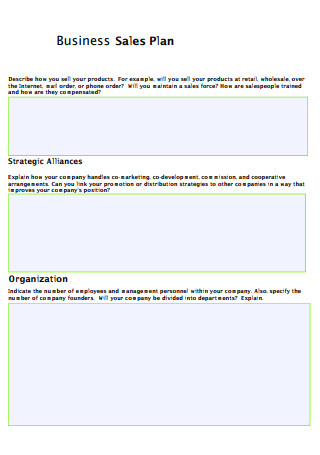
Basic Business Sales Plan
download now -
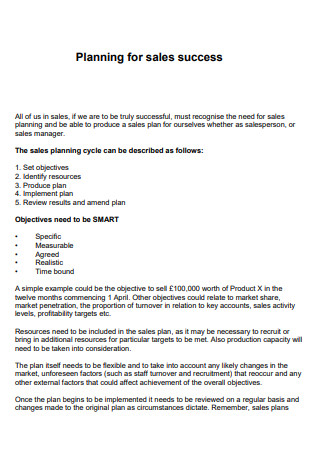
Basic Preparing Sales Plan
download now -
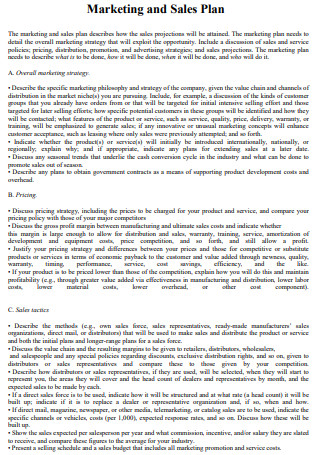
Basic Marketing and Sales Plan
download now -
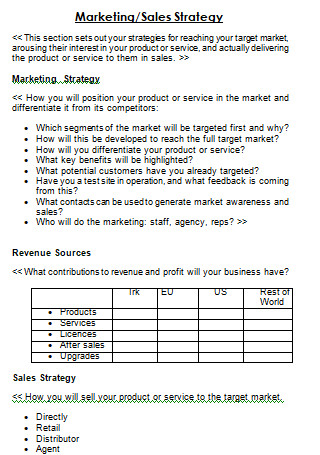
Basic Strategic Sales Plan
download now -
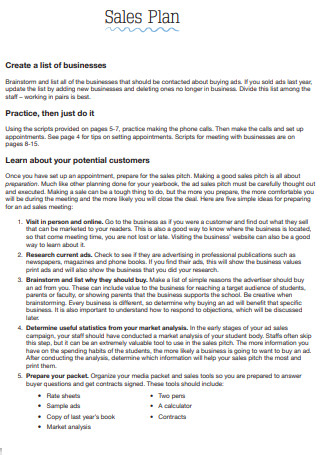
Basic Sales and Action Plan
download now -
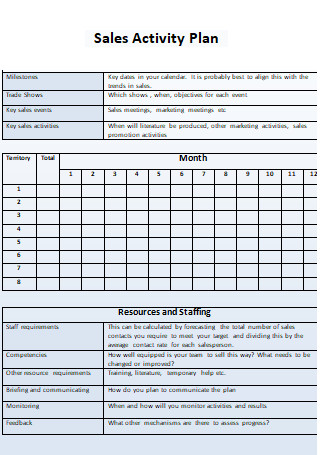
Basic Sales Activity Plan
download now -

Basic Marketing Sales Plan Analysis
download now -
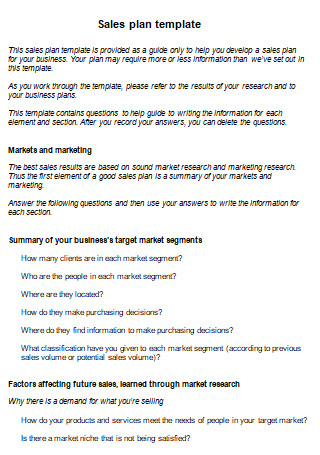
Basic Sales Plan
download now -
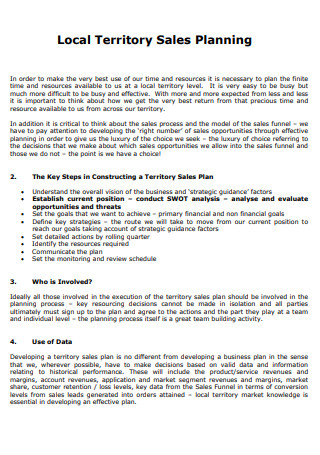
Basic Territory Sales Planning
download now -
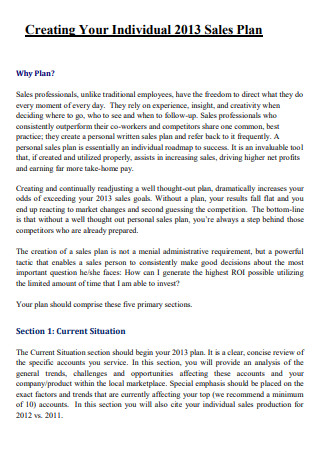
Basic Individual Sales Plan
download now -
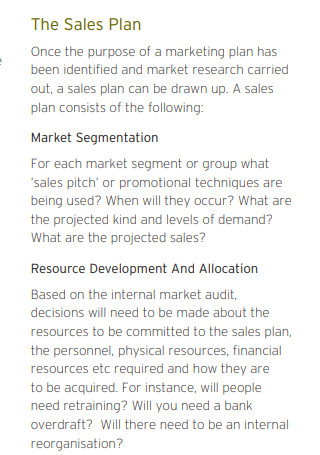
Basic Sales Plan Outline
download now -
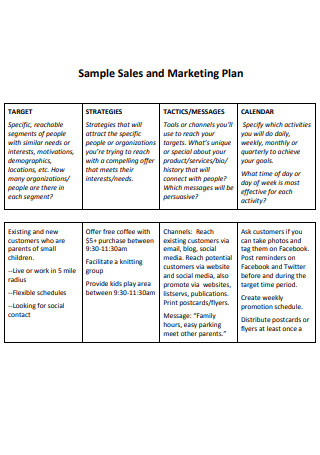
Basic Sales and Marketing Plan
download now -
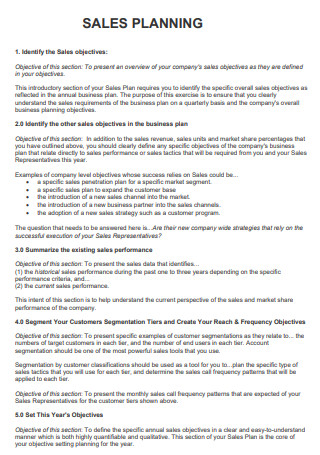
Basic Business Sales Planning
download now -
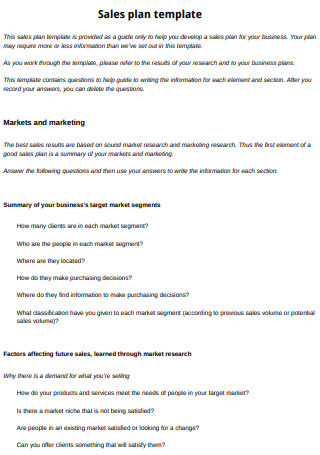
Simple Basic Sales Plan
download now -

Basic Organisation Sales Plan
download now -
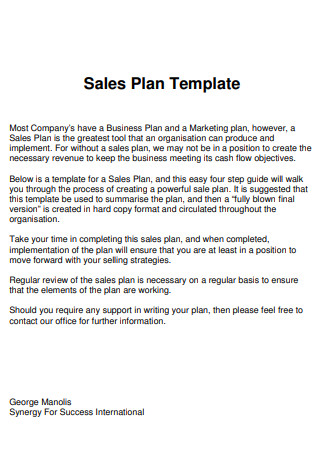
Basic Company Sales Plan
download now -
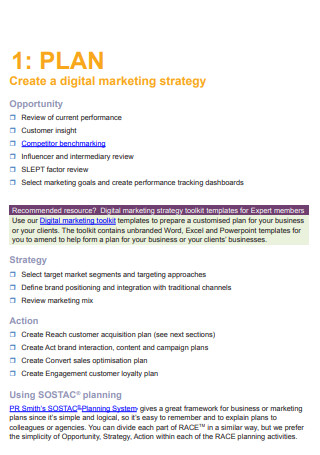
Basic Digital Marketing Plan
download now -
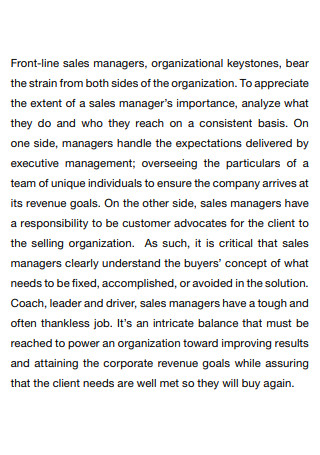
Basic Sales Manager Development Plan
download now -
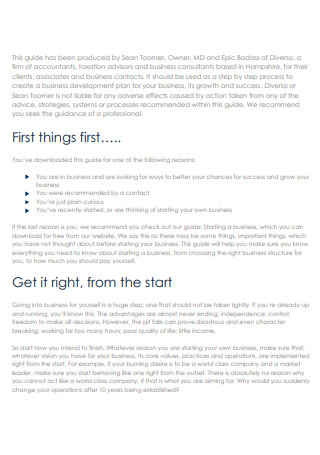
Basic Business Sales Development Plan
download now -
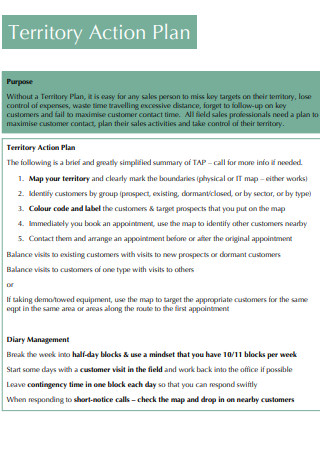
Basic Sales Territory Action Plan
download now -
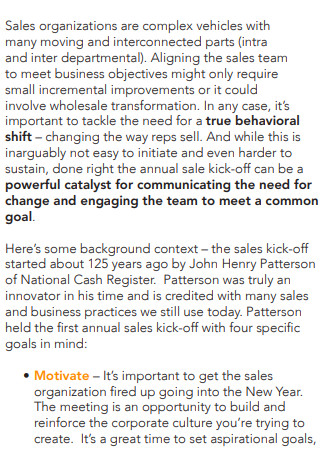
Basic Annual Sales Plan
download now -
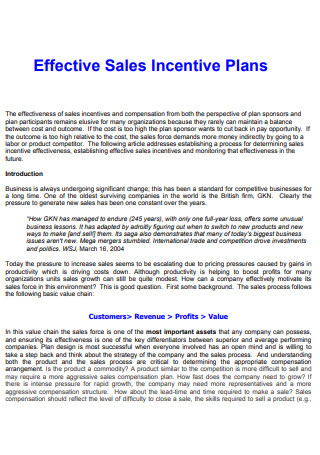
Basic Effective Sales Incentive Plan
download now -
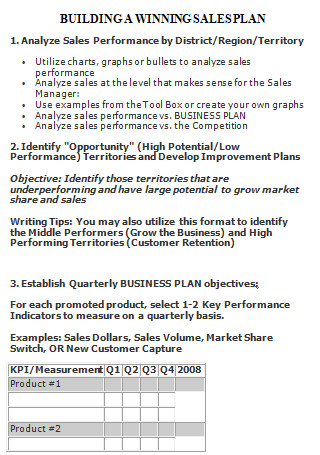
Basic Building Sales Plan
download now -

Basic Insurance Sales Plan
download now -
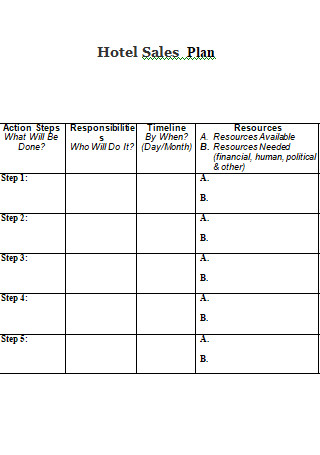
Basic Hotel Sales Action Plan
download now -
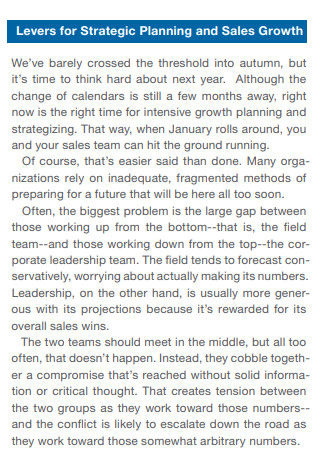
Basic Sales Growth Plan
download now -
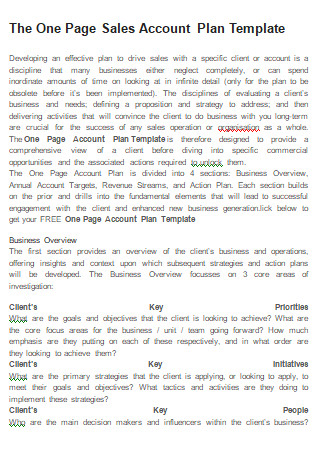
Basic One Page Sales Account Plan
download now -
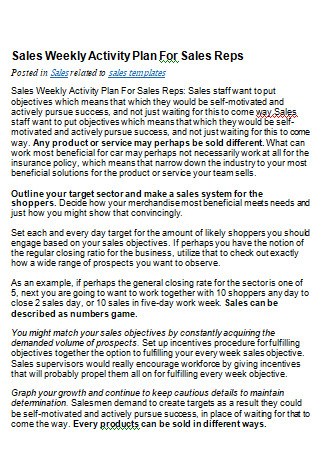
Basic Weekly Sales Activity Plan
download now -
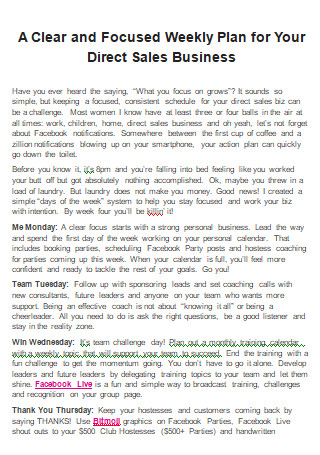
Basic Weekly Sales Work Plan
download now -
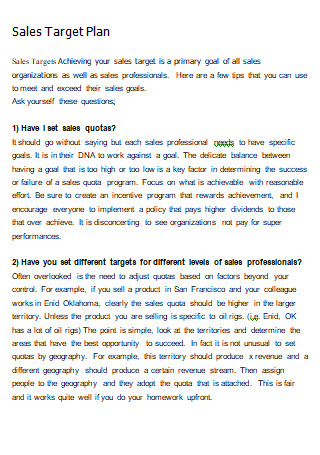
Basic Sales Target Plan
download now -
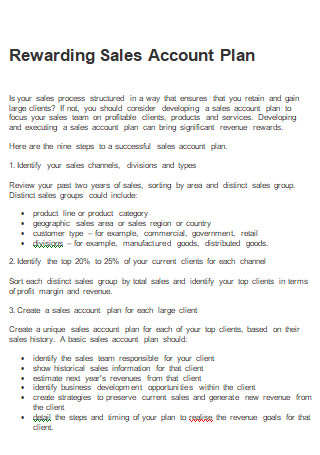
Basic Sales Account Plan
download now -
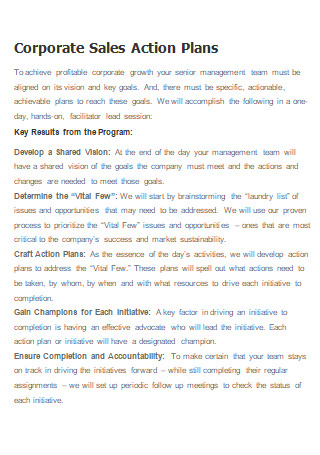
Basic Corporate Sales Action Plan
download now -
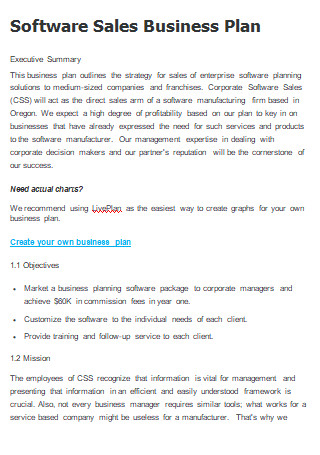
Basic Software Sales Plan
download now -
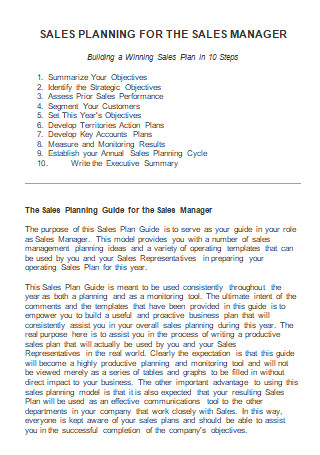
Basic Sales Planning For Sales Manager
download now -
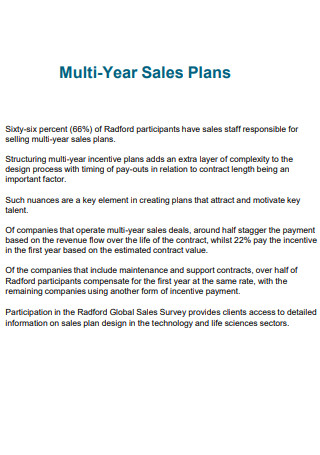
Basic Multi-Year Sales Plans
download now -
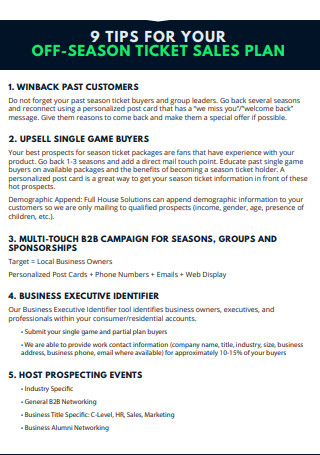
Basic Off-Season Ticket Sales Plan
download now -
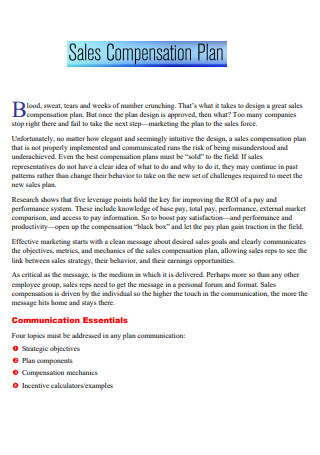
Basic Sales Compensation Plan
download now -
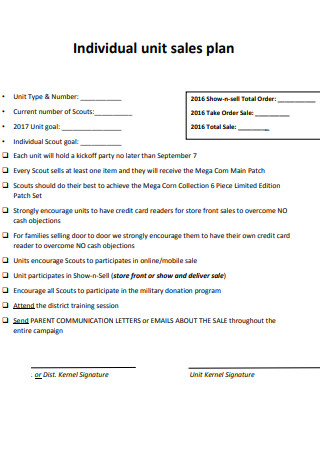
Basic Individual Unit Sales Plan
download now -
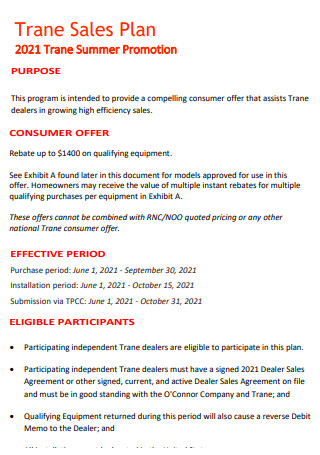
Basic Trane Sales Plan
download now -
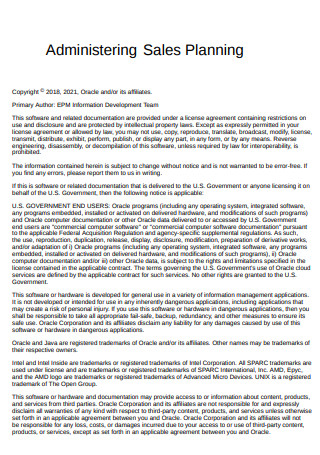
Basic Administering Sales Plan
download now -

Basic Sales Plan Example
download now -
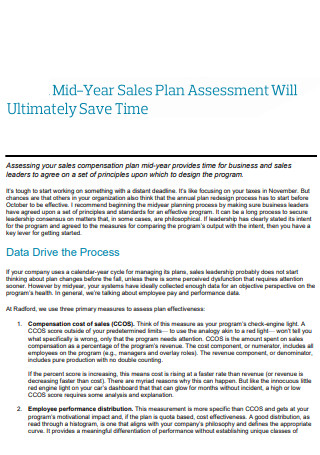
Basic Mid Year Sales Plan
download now -
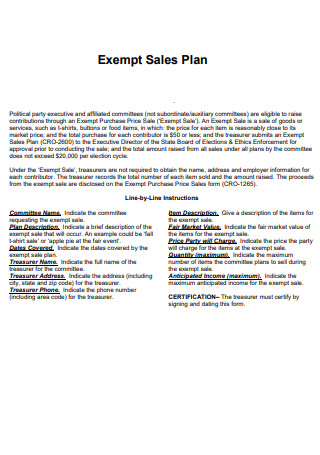
Basic Exempt Sales Plan
download now -
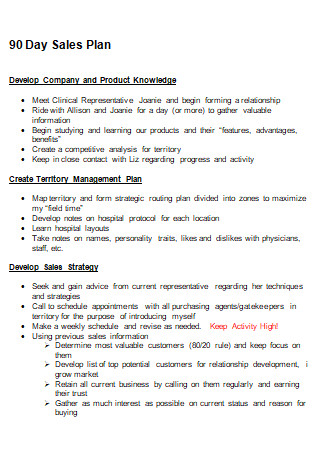
Basic 90 Day Sales Plan
download now -
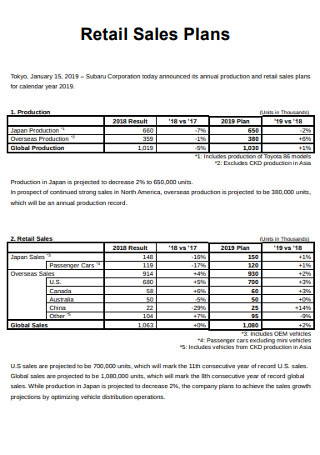
Basic Retail Sales Plans
download now -

Basic Coordinate Sales Promotion Plan
download now -
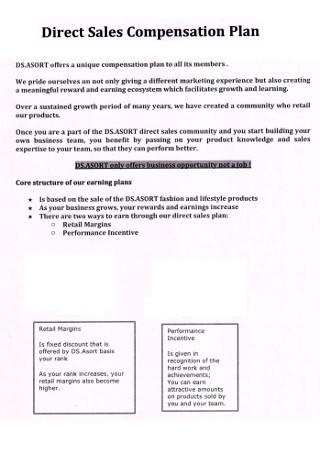
Basic Direct Sales Compensation Plan
download now -
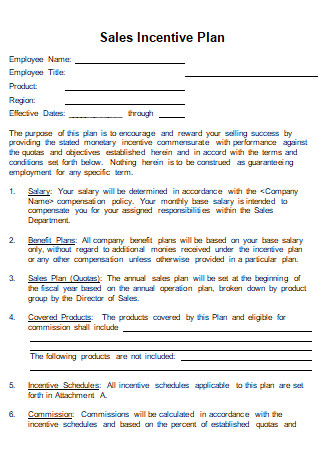
Basic Sales Incentive Plan
download now -

Basic 100 Day Sales Plan
download now -

Basic Sales Plan Introduction
download now -
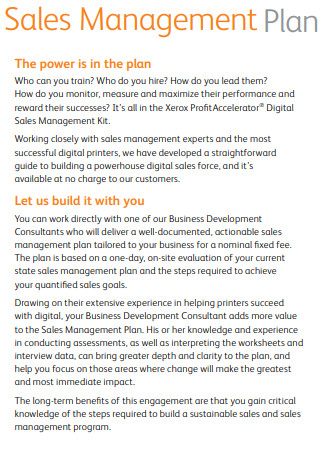
Basic Sales Management Plan
download now
What Is a Sales Plan?
A sales plan details how you’ll achieve your revenue targets, who your target market is, the activities necessary to accomplish your objectives, and any roadblocks that may arise along the way. Numerous business leaders regard the sales plan as an extension of the conventional business plan. The business plan outlines the organization’s strategic and revenue goals, while the sales plan details how it will contribute to their achievement. According to research, best-in-class companies close 30% of sales qualified leads, whereas typical companies close 20%. This reflects the reality that up to 86% of marketing allowed charges placed are lost before being classified as sales qualified.
Benefits of a Healthy Sales Plan
Want a thriving business? Then you’ll need a well-thought-out sales strategy. A well-crafted plan clarifies your business practices, enables you to define your marketing strategy and objectives for the coming year, and details how you intend to implement those strategies. Here are a few key advantages of having a strong sales plan in place.
Tips in Boosting Sales
Does your firm experience periods of prosperity and famine in terms of sales? If you answered affirmatively, you are not alone. Numerous organizations are susceptible to the same wild fluctuations. Simple modifications, on the other hand, can frequently alleviate or even eliminate the problem. Here are some suggestions on how to boost your sales consistency.
1. Maintain a disciplined approach to lead generation.
The first step is to guarantee that your firm generates enough leads consistently to maintain a healthy business pipeline. Too many entrepreneurs get caught up in day-to-day operations and neglect to plan for the future. While generating leads is not always the most enjoyable aspect of your profession, it is necessary to generate continuous revenue.
2. Recognize your sales cycle.
Your industry dictates your sales cycle, which is the period between an initial meeting with a prospective client and the closure of a deal. This varies significantly between businesses. However, it will help to comprehend how long it takes you, on average, in days, weeks, or months.
3. Recognize your numbers.
At any given time, every business requires a minimum number of prospects to maintain sales. Consider both the number of closed transactions you wish to achieve each month and the average sales cycle. Additionally, you should know what percentage of prospects contacted made a purchase. These figures will assist you in setting goals for your business.
4. Pursue referrals actively.
Any business should strive to obtain referrals from satisfied customers. One way to avoid the awkward situation of directly soliciting a referral is to encourage clients to speak positively about their customers and suppliers.
How To Create a Basic Sales Plan
If you’re not used to producing a basic sales plan, the task may appear onerous. Fortunately, it does not have to be complicated. Consider a sales plan as your annual route map. It’s where you describe your business’s precise sales goals and the actions necessary to achieve them. If done correctly, it can assist you in taking a more strategic, long-term approach to corporate growth. The following are six critical phases for developing an effective basic sales plan.
Step 1: Outline attainable goals.
Creating realistic and measurable sales targets should be one of the first phases of your approach. In some instances, an employer or sales manager may establish the objectives. However, in other cases, your boss may request that you offer your own sales targets for you to collaborate on developing an agreement. A sales plan must include an end objective, whether a specific number of sales or a particular number of individuals you intend to contact in a specified amount of time. Setting a realistic target requires considering the market’s size, your available resources, your company’s objectives, and your level of experience.
If you deal with other salespeople, you may choose to counsel them on their sales objectives to assist you in developing more realistic ones for yourself. Because your colleagues are likely in the same market and targeting the same audience, their perspectives are critical for establishing realistic timeframes and quotas. Your sales strategy may need to be adjusted as new situations, and possibilities present themselves. By making a plan, you select a starting point to identify your marketing objectives and their strategy. You can always make adjustments as necessary.
Step 2: Compile a list of deadlines and milestones.
Achieving a goal can be made more accessible by breaking it down into smaller steps and assigning a deadline to each one. After establishing your long-term sales objective, create a list of actionable goals and give them a certain amount of time to execute. You may need to conduct a study to determine how much time you should allow yourself to attain each milestone. The steps should be challenging and motivating without being impossible to complete. Determine the time required to complete a task using your prior sales figures. Also, you may like to evaluate revenue growth and declines over time and compare your business to others in the industry.
While reviewing your own sales figures, it’s beneficial to consider your growth potential. By incorporating these elements into your milestones and deadlines, you can create a more realistic timeframe for your actions. For instance, you may wish to increase the sale of a particular product by 30%. If you’re working with existing clients, your objectives may be more focused on upgrading a percentage of them to a better service level or plan. Whatever your milestones are, they should be specific and measurable.
Step 3: Establish a presence in your sector.
As a salesperson, one of your objectives may be to increase traction to increase sales. Begin by determining your business’s niche. This includes the type of marketing you send to customers, the messaging associated with your brand, and how your company defines its culture. By defining this niche, you may express your target audience more precisely and devise strategies for reaching them.
It is critical to have a precise knowledge of your target customer. It will help if you understand the daily obstacles they face and how your service or product will help them overcome them. The ultimate goal is to develop long-term relationships with clients, which requires that both parties share similar views and objectives. When a customer feels understood, they are more receptive to your message.
Step 4: Define your unique selling proposition.
A value proposition is a brief explanation of why a consumer should pick your service or product over a competitor’s. When developing your sales strategy, be sure to spell out your value proposition and how it applies to each buyer in your niche. Consider why a client wants to purchase from you and why some clients opt to buy the goods or service entirely. Examine how your competitors approach and communicate their value propositions.
When making your pitch, consider how the service or product you’re selling may benefit a customer. This results in a more meaningful experience and the identification of a more significant competitive advantage. A compelling value proposition is basic and straightforward, accurately portrays the organization’s capabilities, and is backed up by market research or testimonials.
Step 5: Create a prospect list.
After defining your ideal customer, the next stage in developing a sales strategy is identifying individuals who meet the requirements. A prospect list contains individuals who would benefit from the service or product. They could be individuals who operate in a specific industry or have a particular job title. While developing a prospect list takes time, it is well worth the effort in the long run because it boosts your chances of reaching your target market.
You can identify individuals or businesses and obtain their contact information using social networking sites, business networks, online search engines, and business groups. Attend networking or sales events in your area to meet new people and spread the word about your service. Create a list of five persons that fit your target audience. The study and work you’ve done to develop your sales strategy will aid in determining who meets the requirements.
Step 6: Keep track of and quantify your progress.
The final phase is to contact prospects, communicate the value proposition, and strive to convert them to customers. Additionally, you should monitor your progress and evaluate your outcomes to see where improvements may be necessary—calendar time in your schedule at least once a month to examine your plan’s progress. Depending on your development, you may need to adjust your quota for the subsequent months.
FAQs
What is the process of sales planning?
Sales planning is the method of organizing activities necessary to accomplish corporate objectives. A sales strategy is a strategic plan that details your business’s goals and available resources. These can be utilized for a variety of actions necessary to accomplish your objective.
What are the various sales techniques?
A sales technique or selling method is a strategy or approach used by a salesperson or sales team to generate income and assist in the sale of products or services more successfully. The terms’ sales process’ and sales method’ are frequently used interchangeably. A sales process encompasses all of the procedures necessary to convert a new, unqualified prospect into a customer.
What should a sales plan include?
A sales strategy considers a variety of critical components of business growth, including revenue targets, selling strategy and KPIs, target clients, and the present capabilities of the sales team. It provides nine pieces of strategic information in detail.
There is no one-size-fits-all sales strategy. The only way to implement a sales plan incorrectly is to create one at the start of the year or quarter and then abandon it. You should evaluate and update it regularly to ensure that you remain focused and on track. By iteratively updating your plan, you can ensure that your business generates income more efficiently than ever before.
